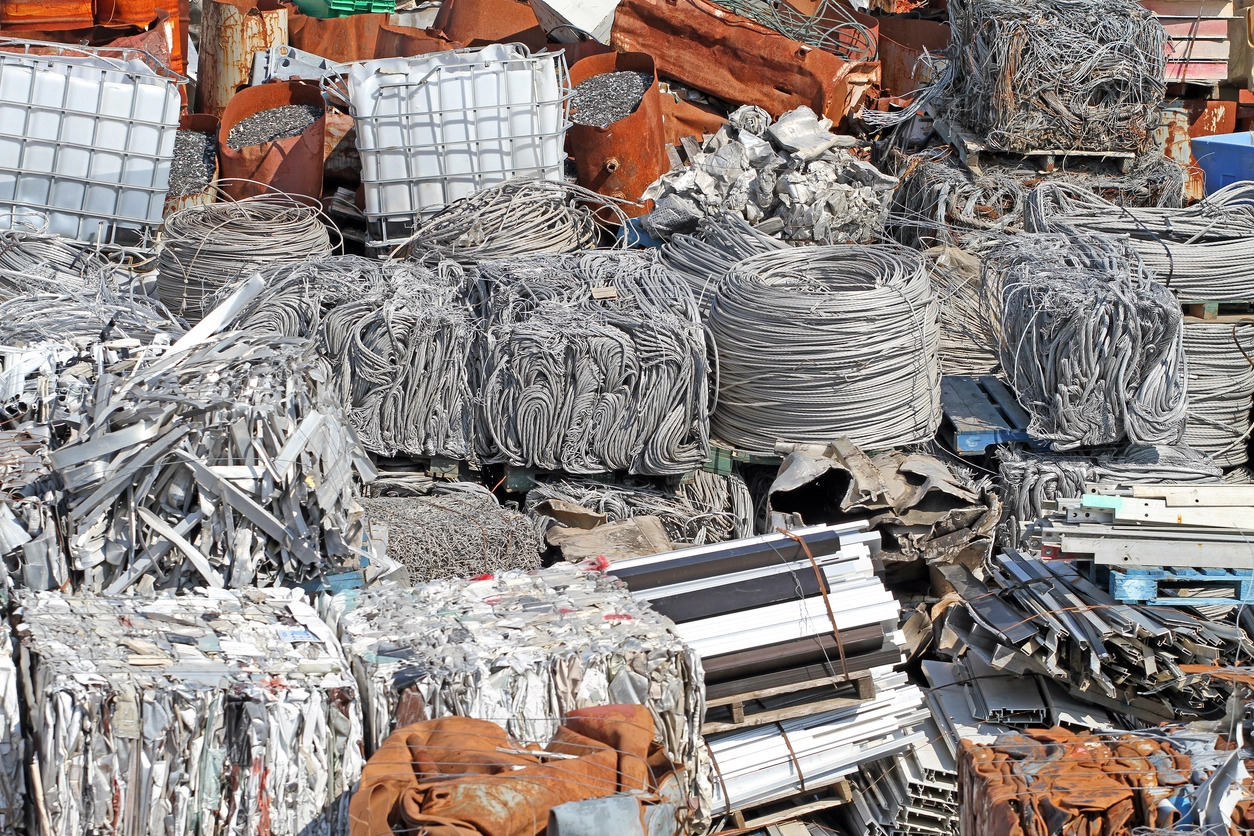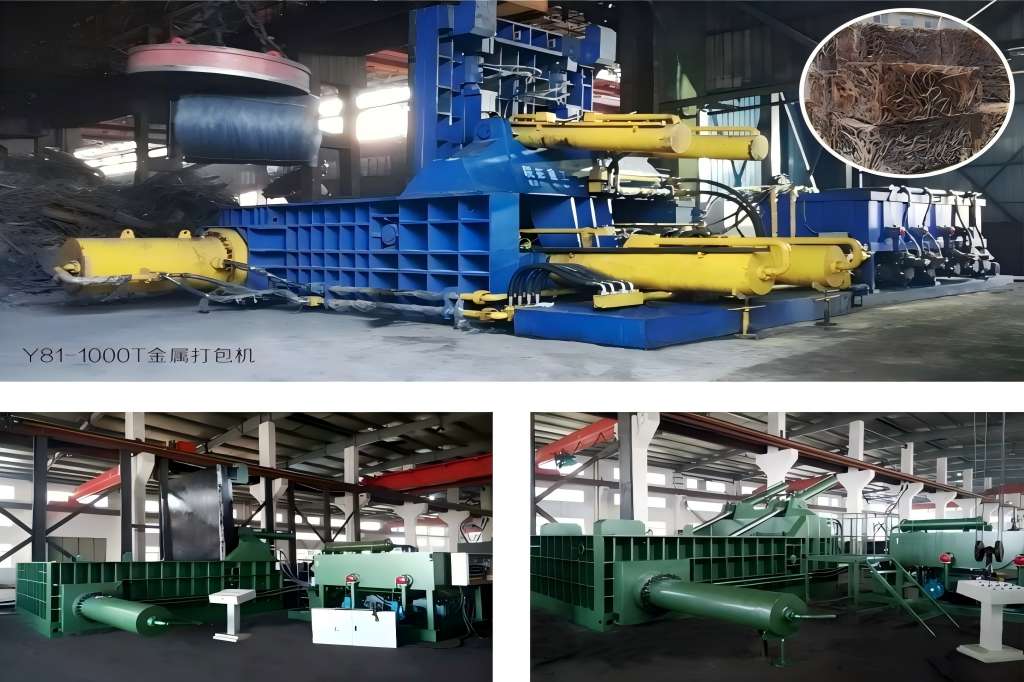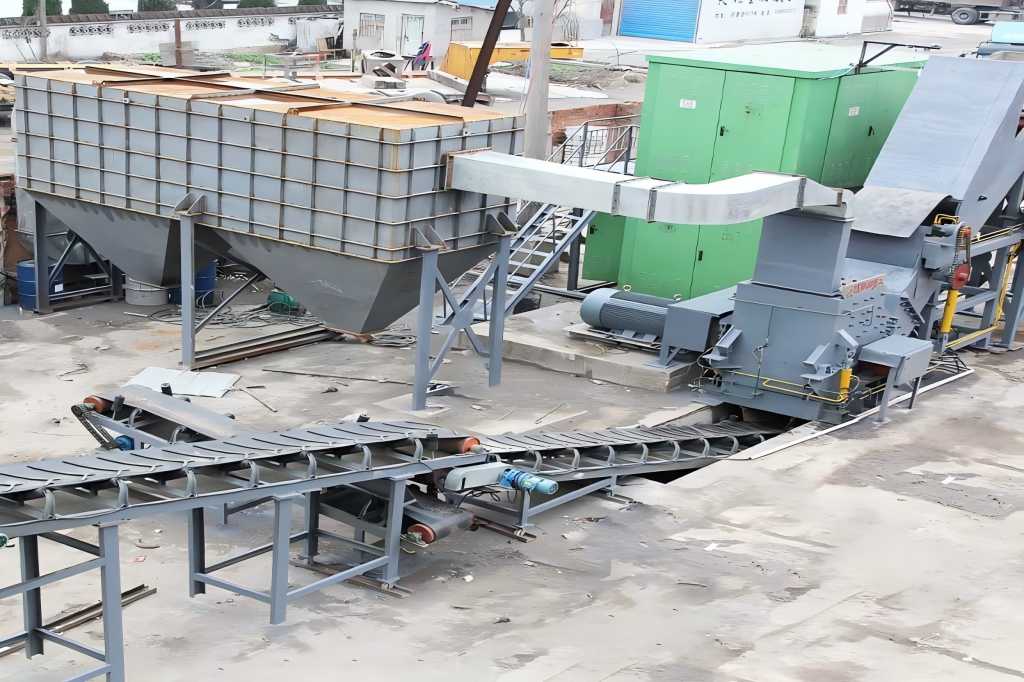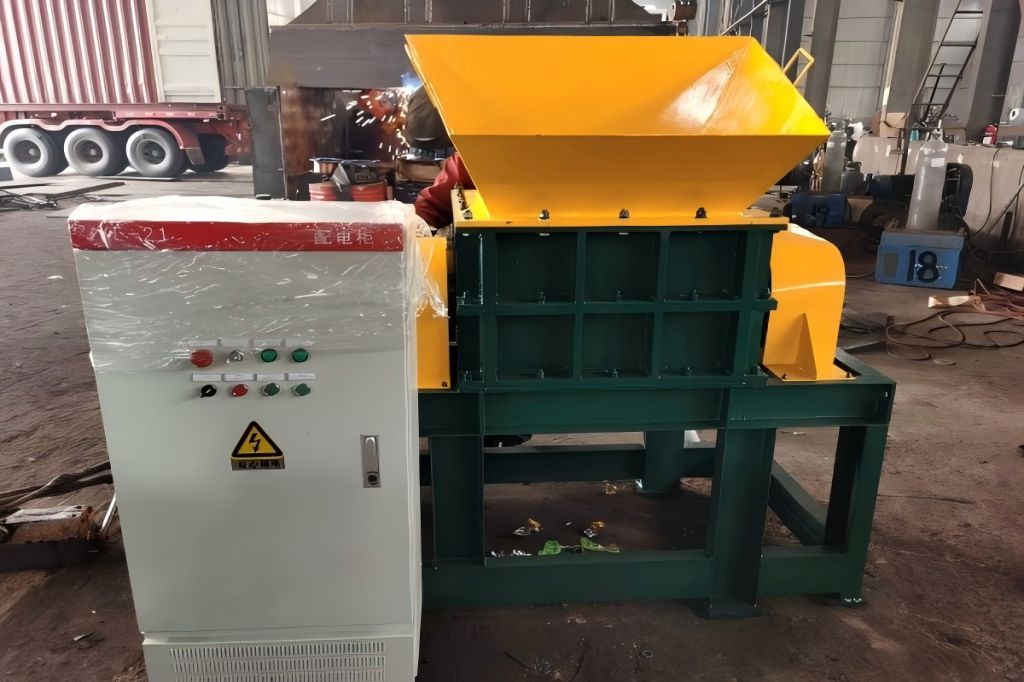Operating a successful scrap yard requires specialized equipment to efficiently process, sort, and store various types of scrap materials. This article will explore the essential tools and machinery needed to handle daily operations in a scrap yard, focusing on the significance of each piece in optimizing the workflow and ensuring safety.
From heavy-duty machines for compressing and shredding metals to precise sorting technologies and safety equipment, understanding what is necessary can significantly impact a scrap yard’s productivity and operational efficiency.
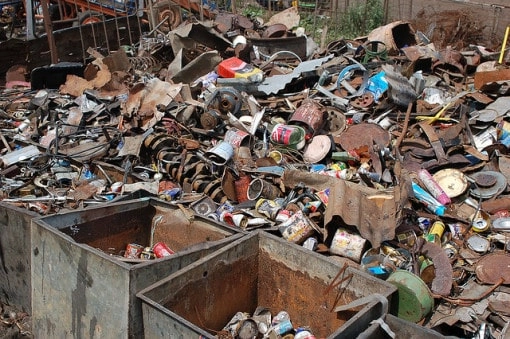
Primary Processing Equipment
In a scrap yard, primary processing equipment is crucial for efficiently managing and repurposing materials.
Key equipment includes:
Scrap Metal Balers: These machines compress scrap metal into compact bales, making it easier to handle, transport, and store. Balers are essential for maximizing space and improving the logistics of scrap metal recycling.
Shredders: Shredders break down metal scrap into smaller pieces, which can be crucial for further processing and recycling. They help reduce the volume of scrap materials, making them easier to manage and transport.
Shears: Industrial shears are used to cut large pieces of metal into smaller sizes. This is particularly useful for sizing materials appropriately for processing and melting.
Together, these machines streamline the operations of a scrap yard, enhancing productivity and enabling effective recycling of materials.
Material Handling Equipment
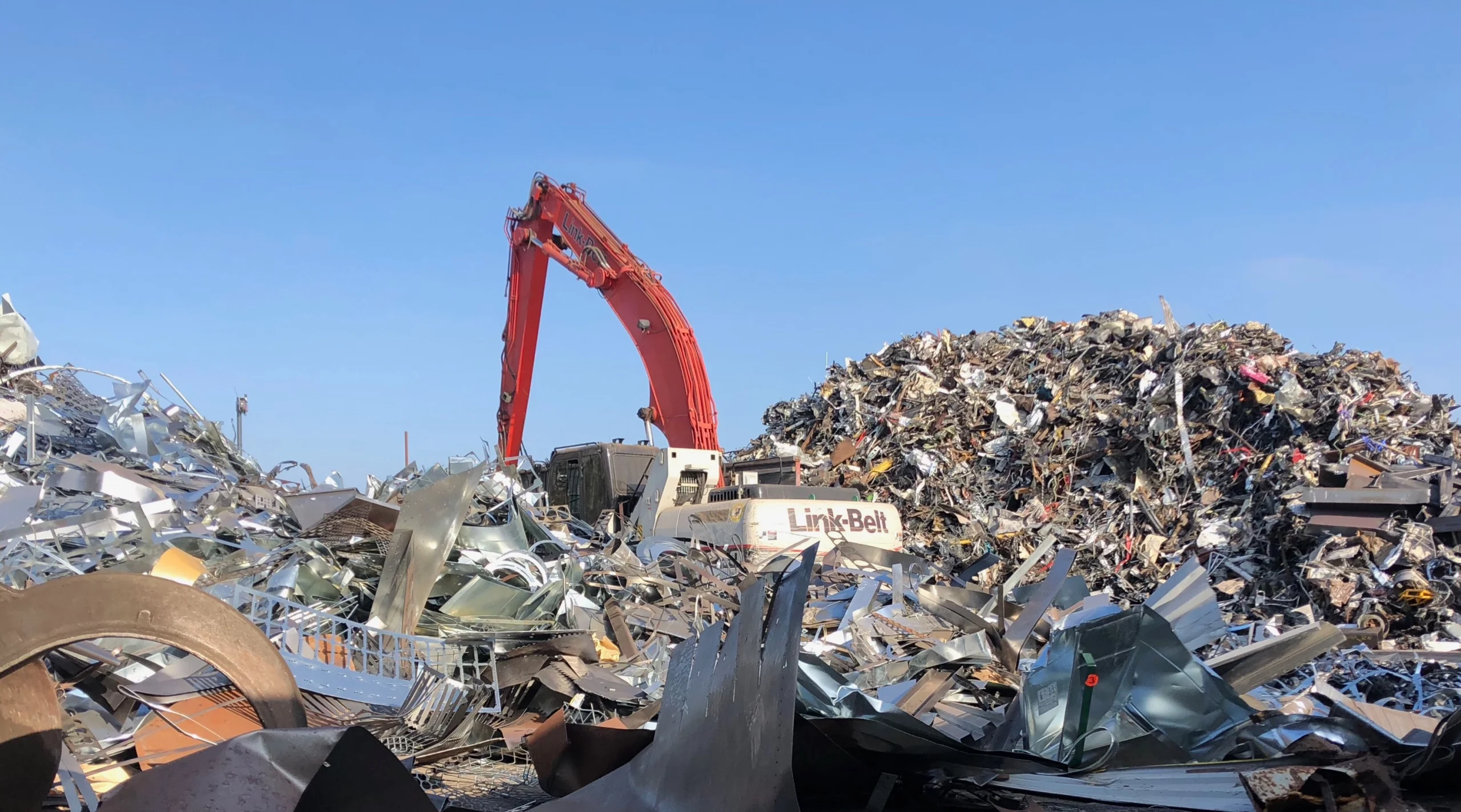
The material handling equipment in the waste yard is crucial for effective management and transportation of overloaded goods.
Here’s a list of crucial equipment:
Cranes: Vital for lifting and moving bulky scrap items over long distances within the yard. Cranes are especially useful for loading and unloading large metal pieces.
Forklifts: Used for moving and organizing smaller loads, forklifts are versatile and can maneuver easily around the yard, facilitating the handling of pallets and bins of sorted materials.
Conveyors: Automated conveyor systems transport scrap materials from one processing station to another, reducing the need for manual labor and increasing safety and efficiency in material movement.
Scrap Grabs: Attached to cranes or excavators, scrap grabs handle large volumes of metal, allowing for precise sorting and placement, which optimizes space and improves operational flow.
These tools are fundamental to maintaining a streamlined workflow and ensuring safety and efficiency in scrap yard operations.
Sorting and Separation Equipment
Sorting and separating equipment is crucial in a scrap yard for efficiently organizing different types of materials for recycling.
Here are some essential tools used in this process:
Magnets: Powerful magnets quickly and effectively separate ferrous metals from mixed scrap heaps.
Eddy Current Separators: These systems are vital for separating non-ferrous metals like aluminum and copper from other wastes. They use magnetic fields to induce electrical currents.
Screening Equipment: Mechanical screening machines help sort scrap materials based on size, ensuring that smaller, more consistent pieces are processed together, which is crucial for quality control in recycling.
These technologies are fundamental to maximizing the value of recycled materials, ensuring that each type can be processed efficiently and effectively.
Safety and Monitoring Equipment
In a scrap yard, safety, and monitoring equipment play crucial roles in ensuring a safe working environment and efficient operations:
Security Cameras: These are essential for monitoring activity throughout the facility, helping to enhance security and prevent unauthorized access or theft.
Fire Prevention Systems: Given the explosive nature of many materials handled in scrap yards, advanced fire prevention systems are critical. These systems include smoke detectors, fire extinguishers, and automatic sprinkler systems to respond to and mitigate fire outbreaks quickly.
Personal Protective Equipment (PPE): Safety equipment such as helmets, gloves, safety glasses, and steel-toe boots are mandatory to protect workers from injuries related to handling heavy and potentially sharp waste.
These safety measures protect the scrap yard’s personnel and assets.
Facility and Storage Equipment
For efficient operation and safety, scrap yards require robust facilities and storage equipment:
Storage Bins and Containers: These are essential for safely segregating and storing different materials. Properly labeled bins help maintain organized and efficient sorting processes.
Covered Storage Areas: Sheltering sensitive materials protects them from environmental factors like rain and excessive heat, which can affect their quality and handling safety.
Racking Systems: For maximizing space efficiency, racking systems allow for vertical storage of materials, making it easier to access and sort various types of scrap.
These elements help maintain an organized, safe, and efficient scrap yard, ensuring materials are correctly stored and accessible when needed.
Conclusion
Equipping a scrap yard with the right tools and machinery is crucial for efficient operations and safety. From primary processing equipment like balers and shredders to material handling tools such as cranes and forklifts, each piece plays a vital role in effectively managing scrap materials.
Additionally, robust sorting and separation technology ensures materials are processed correctly, enhancing recycling outcomes. Safety and monitoring equipment protect workers and the facility, while proper storage solutions maintain order and prevent damage. Investing in high-quality equipment is essential for a scrap yard’s success.

